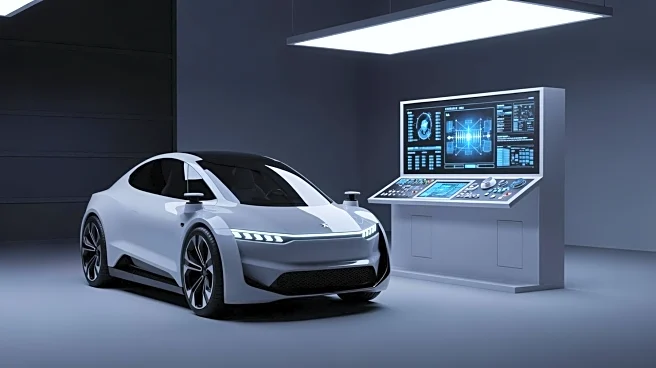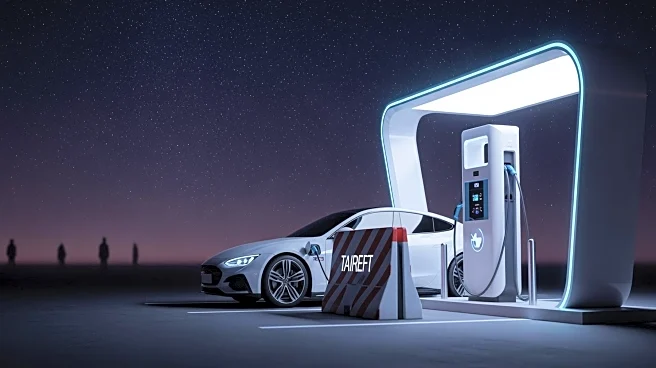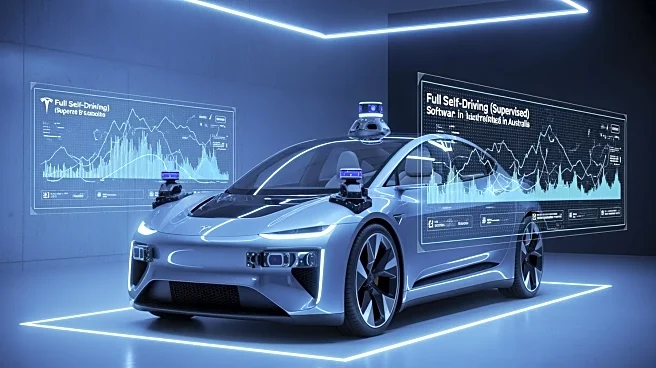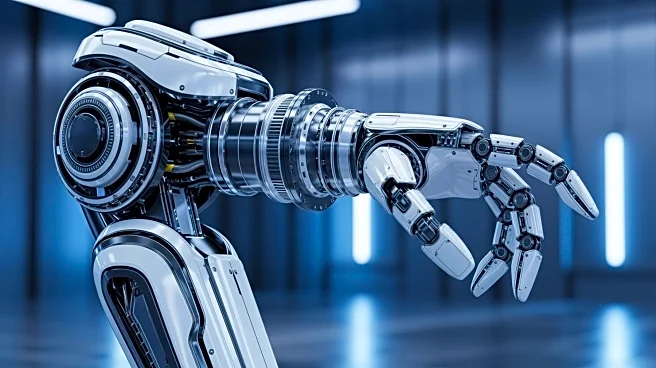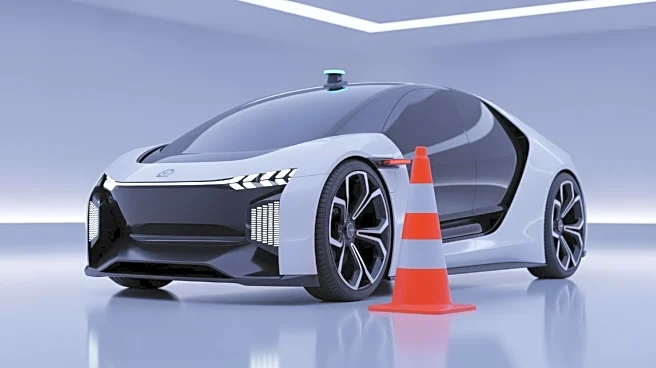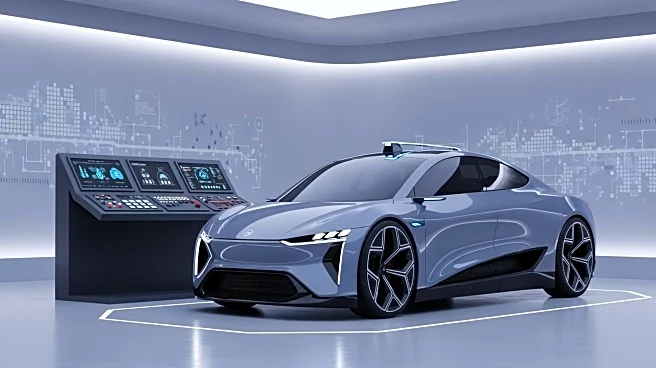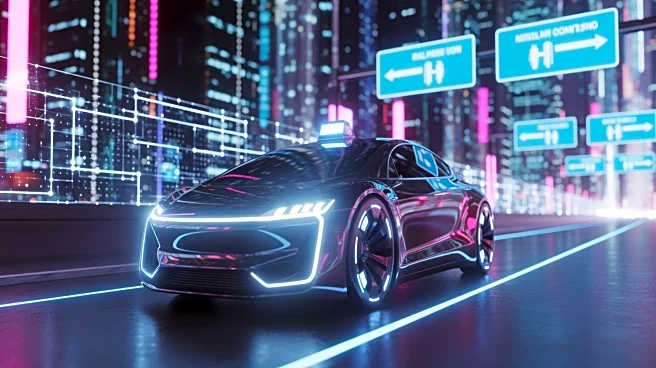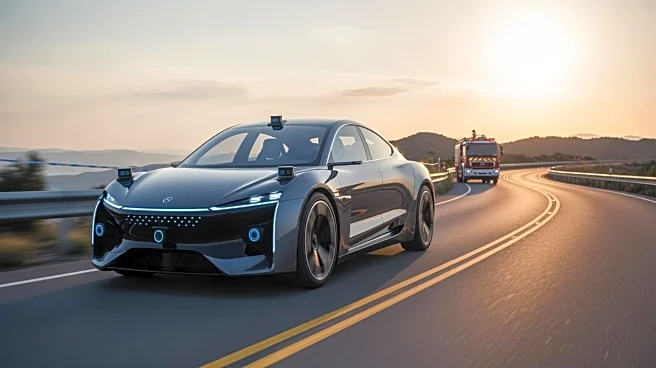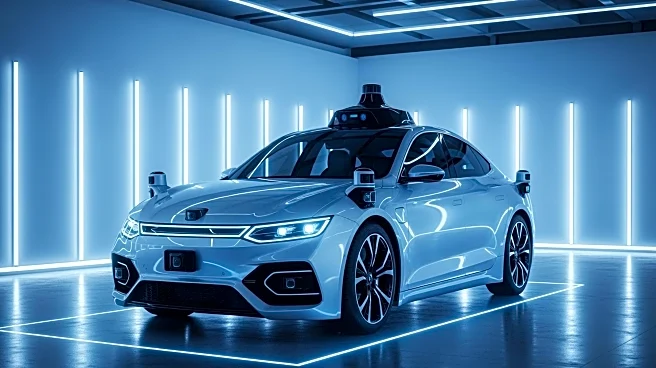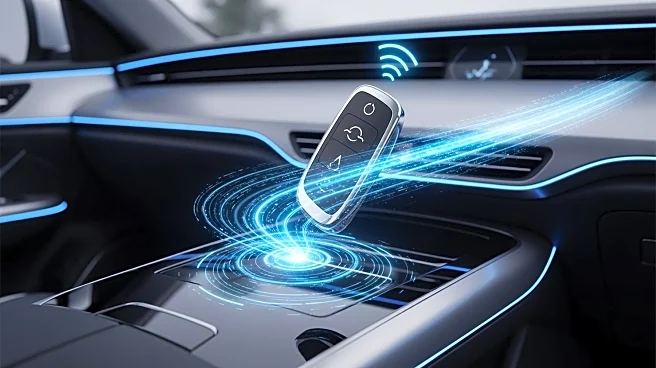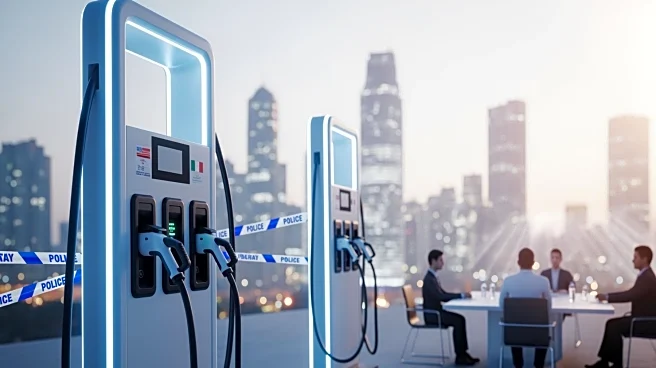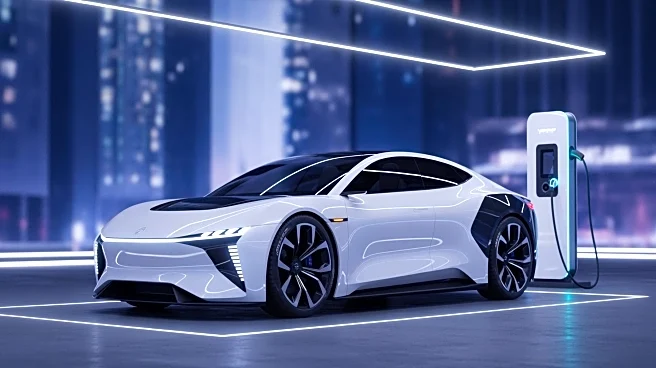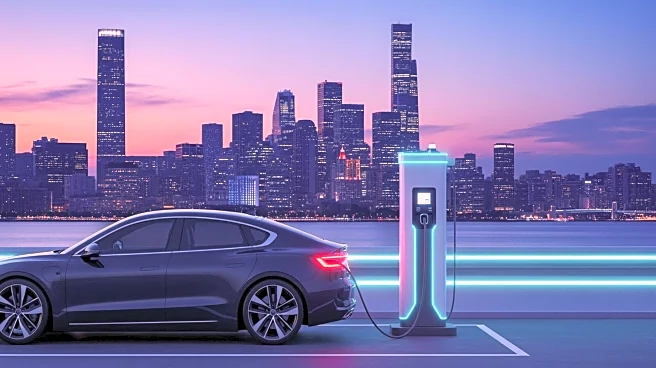What's Happening?
Two former Tesla executives, Andrej Karpathy and Sterling Anderson, have publicly challenged CEO Elon Musk's optimistic timeline for achieving full self-driving (FSD) capabilities. Karpathy, who led Tesla's AI and Autopilot teams until 2022, and Anderson, Tesla's first
Autopilot director, have expressed skepticism about Musk's repeated promises of unsupervised FSD by the end of 2025. They highlighted the significant challenges in achieving the necessary reliability and safety standards for autonomous vehicles. Karpathy emphasized the 'march of nines,' referring to the exponential effort required to improve reliability from 90% to 99%. Anderson, now with GM, criticized Tesla's approach, advocating for incremental safety improvements to build consumer trust.
Why It's Important?
The skepticism from former Tesla leaders underscores the broader challenges facing the autonomous vehicle industry. While Musk has been vocal about Tesla's progress, the reality of achieving fully autonomous vehicles involves overcoming substantial technical and safety hurdles. This has implications for the automotive industry, regulatory bodies, and consumers. The ongoing lawsuits against Tesla over Autopilot-related crashes further complicate the company's timeline and credibility. The cautious stance of Karpathy and Anderson suggests that the path to Level 4 and 5 autonomy may take longer than anticipated, affecting Tesla's market position and the broader adoption of autonomous vehicles.
What's Next?
Tesla's ambitious timeline for FSD faces scrutiny, and the company may need to adjust its strategy to address safety and reliability concerns. As Tesla plans to begin production of its Cybercab in 2026, the company will likely face increased pressure from regulators and competitors to demonstrate the safety and efficacy of its autonomous technology. The industry may see a shift towards more conservative timelines and a focus on incremental advancements in autonomy. Stakeholders, including investors and consumers, will be closely watching Tesla's next moves and any regulatory developments that could impact the rollout of autonomous vehicles.
